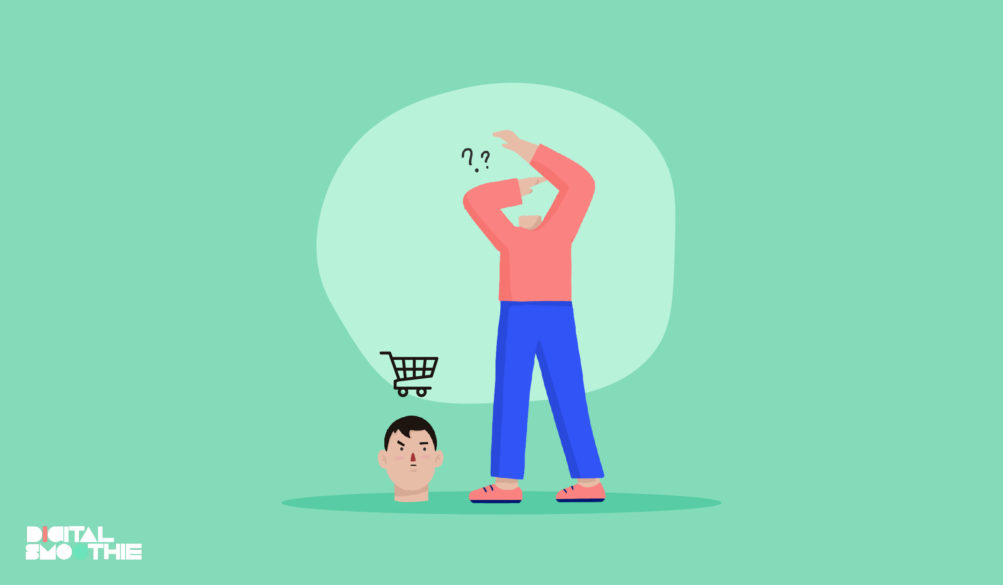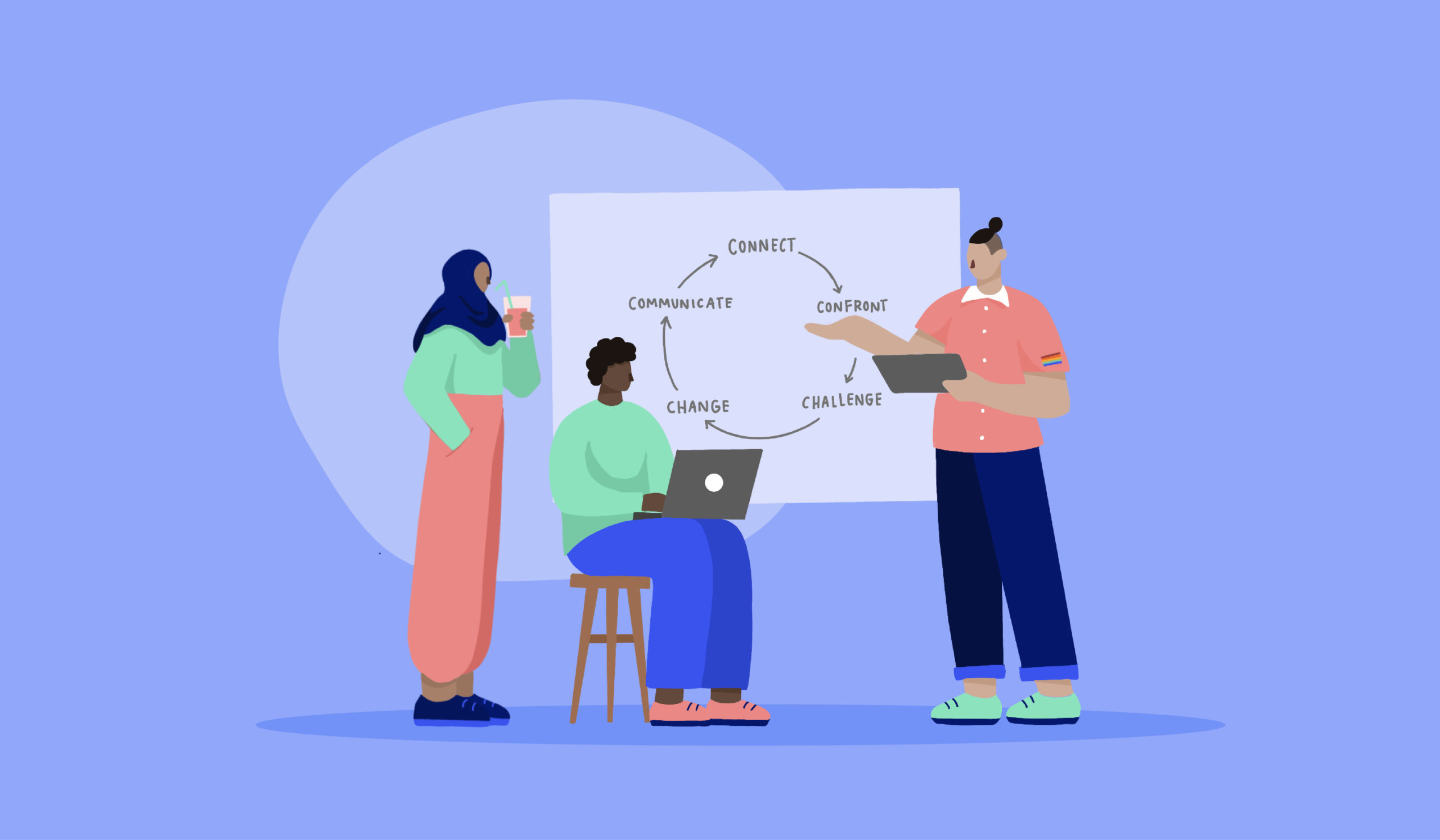What is a headless website? and what are the benefits of GatsbyJS?
GatsbyJS is a popular JavaScript framework that is often used for developing static and headless websites.
A headless website is a website that separates the frontend (client-side) and backend (server-side) components. The frontend of a headless website is typically a static website, meaning that it is pre-built and consists of HTML, CSS, and JavaScript files that are served to the user’s web browser.
The backend, on the other hand, is a content management system (CMS) or application programming interface (API) that stores and manages the content and data for the website.
The term “headless” refers to the fact that the frontend is decoupled from the backend. This architecture allows for greater flexibility and scalability in development, as well as improved performance and security.
Headless websites are also known as decoupled or JAMstack websites. They are becoming increasingly popular due to the numerous benefits they offer, such as faster load times, better security, and improved SEO.
Here are some of the benefits of using GatsbyJS to develop a headless website:
- Performance: GatsbyJS uses a static site generator to pre-build the website, resulting in faster load times and better performance. It also uses advanced techniques such as code splitting and lazy loading to further optimiSe performance.
- Security: Since the frontend and backend are decoupled, a headless website is less vulnerable to attacks. The static nature of the frontend also means that there is no need to worry about database queries or server-side rendering, which can be vulnerable to injection attacks.
- Development speed: GatsbyJS allows for rapid development of the frontend, thanks to its wide range of plugins and integrations with popular content management systems (CMS) such as WordPress and Drupal. This means that you can get your website up and running quickly, while still maintaining the flexibility to customize and scale as needed.
- SEO: GatsbyJS uses server-side rendering to generate static HTML files, which makes it easier for search engines to index and understand the content on your website. This can help improve your search engine rankings and drive more traffic to your site.
- Scalability: Headless websites built with GatsbyJS can handle large amounts of traffic without breaking a sweat. This is because the static nature of the frontend means that it can be easily served by a content delivery network (CDN), which can distribute the content to users around the world.
In summary, GatsbyJS is a powerful tool for developing headless websites that offer superior performance, security, development speed, SEO, and scalability. Whether you are a small business owner or a large enterprise, GatsbyJS can help you build a modern and effective website that meets your needs and exceeds your expectations.
10 Examples of Headless Architecture Applications
Headless architecture can be applied in various other domains where decoupling the front-end from the back-end brings benefits in terms of flexibility, scalability, and customisation. Here are 10 examples:
- E-commerce: Headless architecture can be used in e-commerce platforms to separate the front-end presentation layer from the back-end e-commerce functionality. This allows for greater flexibility in delivering content to multiple devices and platforms while maintaining a consistent shopping experience.
- Content Management Systems (CMS): Headless CMS allows content creators to manage and publish content independently of the presentation layer. Developers can use APIs to retrieve content and display it in various formats and devices, such as websites, mobile apps, or IoT devices.
- Digital Signage: Headless architecture can power digital signage solutions by separating the content management and delivery aspects. Content can be managed centrally and delivered to multiple displays or screens in different locations.
- Internet of Things (IoT): Headless architecture can be applied in IoT solutions, where the back-end infrastructure handles data processing and control logic, while the front-end interfaces and user interactions are decoupled. This allows for flexibility and scalability in managing IoT devices and their interactions.
- Mobile Applications: Headless architecture can be utilized in mobile app development to separate the front-end user interface from the back-end services. This enables developers to create multiple front-end interfaces (iOS, Android, web) while sharing the same back-end logic.
- Progressive Web Applications (PWAs): Headless architecture can be employed in PWAs to separate the front-end presentation layer from the back-end services. This allows for faster development, easier maintenance, and improved user experiences across different devices and platforms.
- Digital Experience Platforms (DXP): Headless architecture can be used in DXP solutions to provide a flexible and modular approach to content delivery, personalization, and omnichannel experiences. Developers can build custom front-end experiences while leveraging the DXP’s back-end capabilities.
- SaaS Applications: Headless architecture can be applied in Software-as-a-Service (SaaS) applications, allowing users to access the application’s services and functionalities through APIs. This enables integration with other systems, customization, and extensibility.
- Microservices Architecture: Headless architecture is often employed in microservices-based systems, where individual services are decoupled and communicate through APIs. This allows for independent development, scalability, and the ability to swap out or upgrade individual components without affecting the entire system.
- Digital Marketing Platforms: Headless architecture can be used in digital marketing platforms to separate the content management and delivery aspects. Marketers can create and manage content independently of the channels or platforms where it will be published, ensuring consistent messaging and easier distribution.
Enjoy reading about Strategy, Culture, Digital Transformation and making Content?
Here are some articles that you might like:
It all starts with strategy – By Rania Awad
4 Common Strategy Mistakes – By Byron Kelly
Effective Change Management For Digital Transformation – By Adrienne Tilley Le-fevre
Is Culture the Missing Piece of Your Digital Transformation Strategy?Is Culture The Missing piece Of Your Digital Transformation Strategy? – By Eugenie Rutherford
Transform Your Meetings in 5 Minutes – By Eugenie Rutherford
Building and communicating an inclusive strategy – By Megan Champion
What’s in a vision? – By Matty Lawrence
How to brief content that meets your strategy goals? – By Kerstin Norburn









Leave a Reply